
Botany Encyclopedia: Epiphyte
The term epiphyte refers to any plant that grows upon or attached to another living plant. The term stems from the Greek epi- (meaning 'upon') and phyton (meaning 'plant'). These plants are sometimes called "air plants" because they do not root in soil. However, there are many species of algae, including seaweeds, that are epiphytes on other aquatic plants (seaweeds or aquatic angiosperms).
An epiphyte uses photosynthesis for energy and (where non-aquatic) obtains moisture from the air or from dampness (rain and cloud moisture) on the surface of its host. Roots may develop primarily for attachment, and specialized structures (for example, cups and scales) used to collect or hold moisture.
Epiphytes are not parasitic on their host, growing independently and deriving only physical support. A clear advantage is gained over other herbs restricted to the ground (soil) surface where light is less available in the forest and herbivores are more active. However, epiphytes may grow so thickly as to damage the host plant.
The best-known epiphytes include mosses, lichens, orchids, and bromeliads (such as Spanish moss and Tillandsia). Assemblages of large epiphytes occur most abundantly in moist tropical forests, but mosses and lichens occur as epiphytes in almost any environment with trees. Epiphytes are extremely important elements of tropical plant biodiversity.




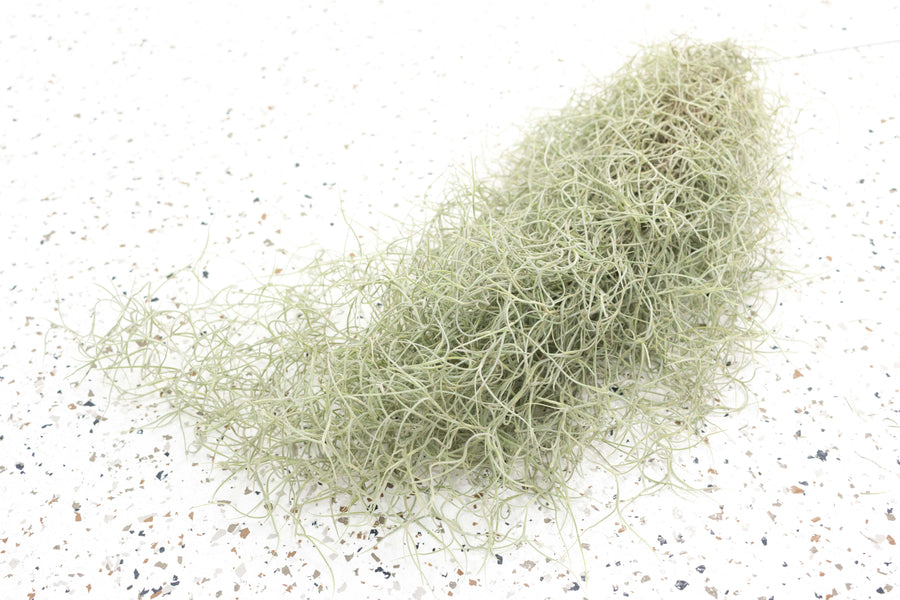
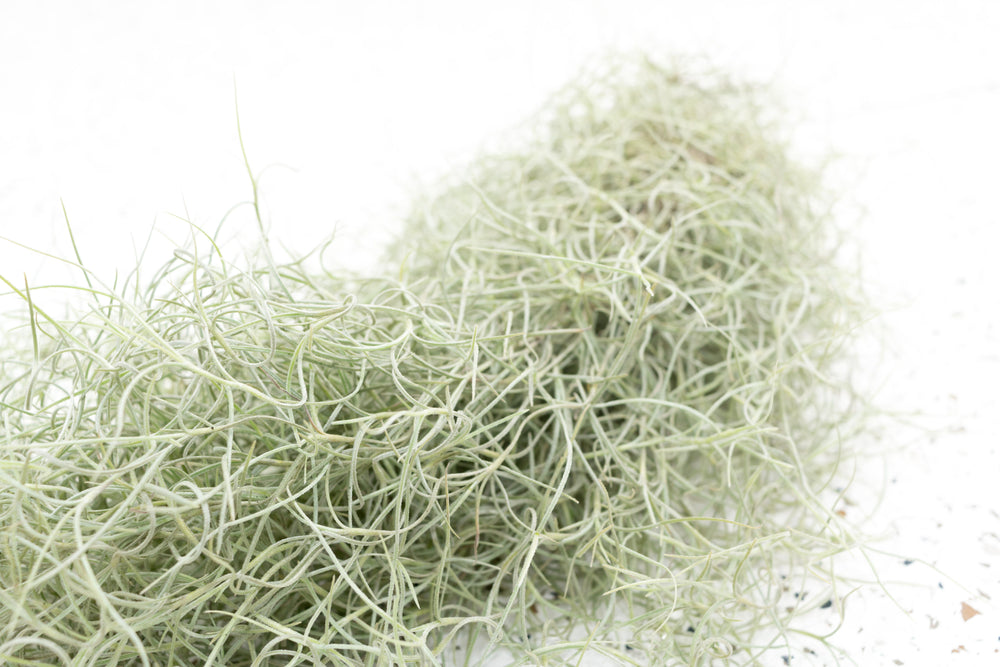


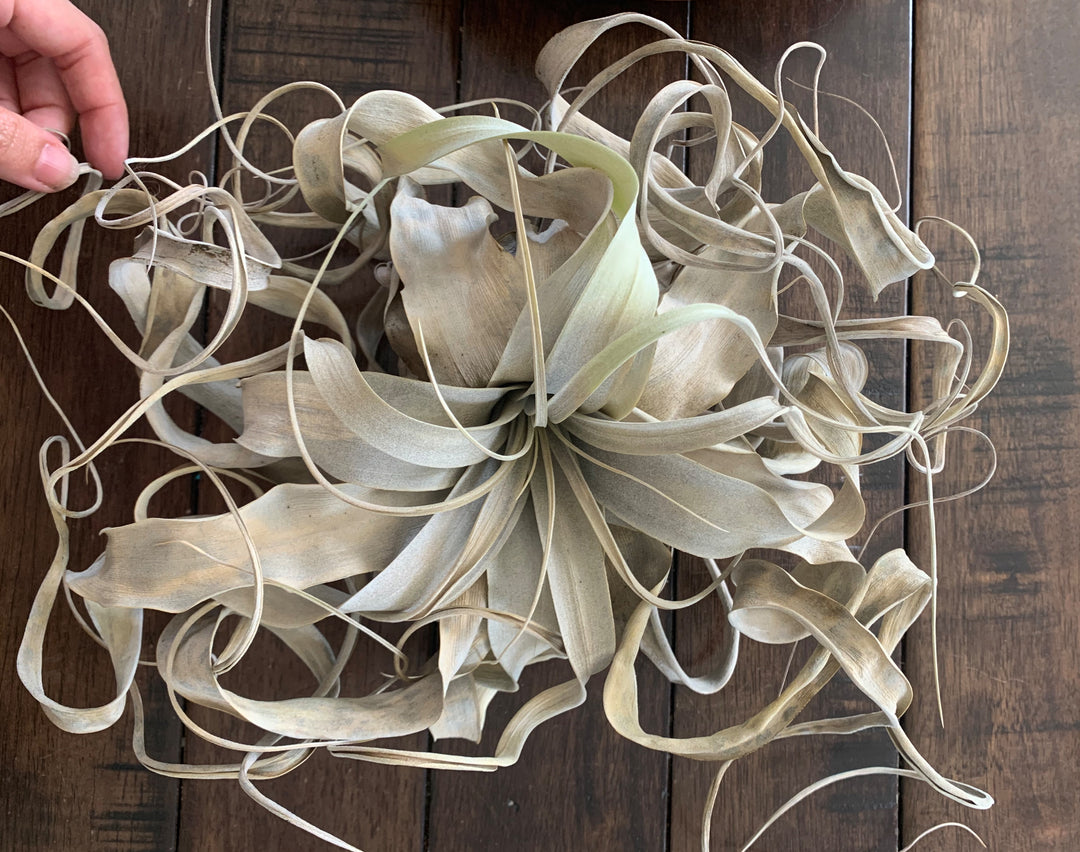
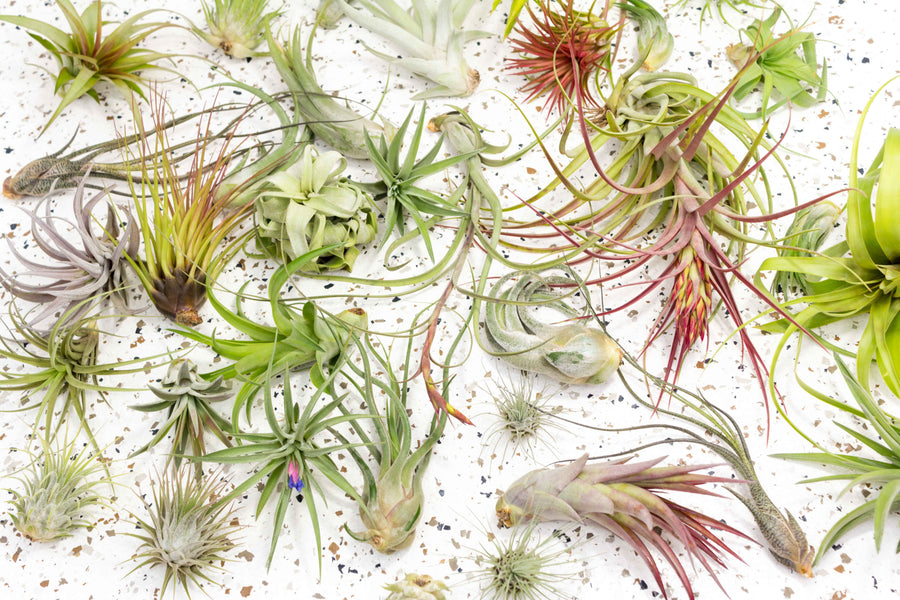
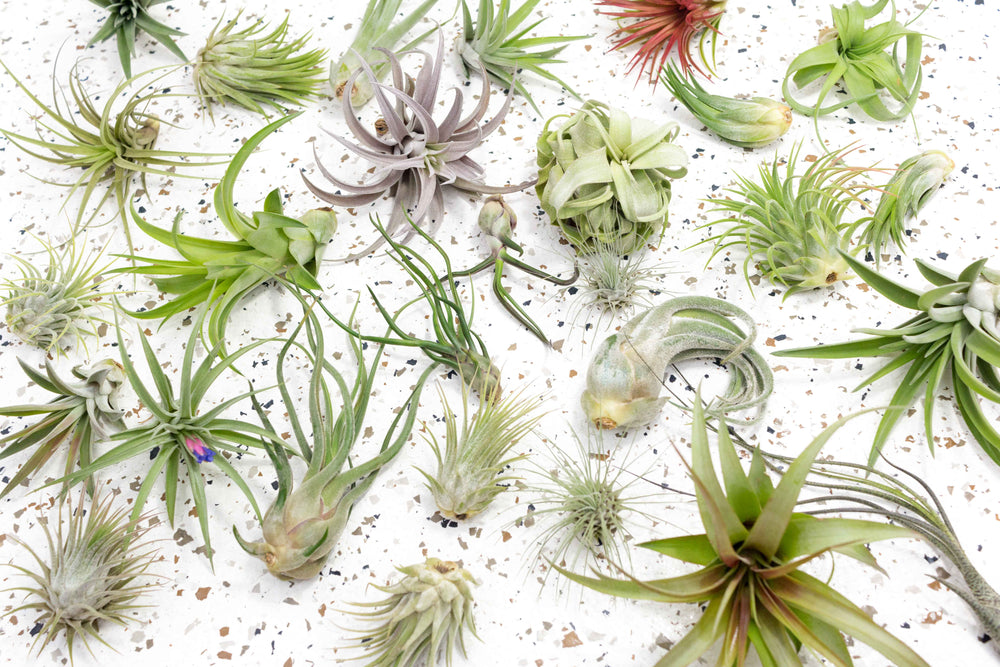
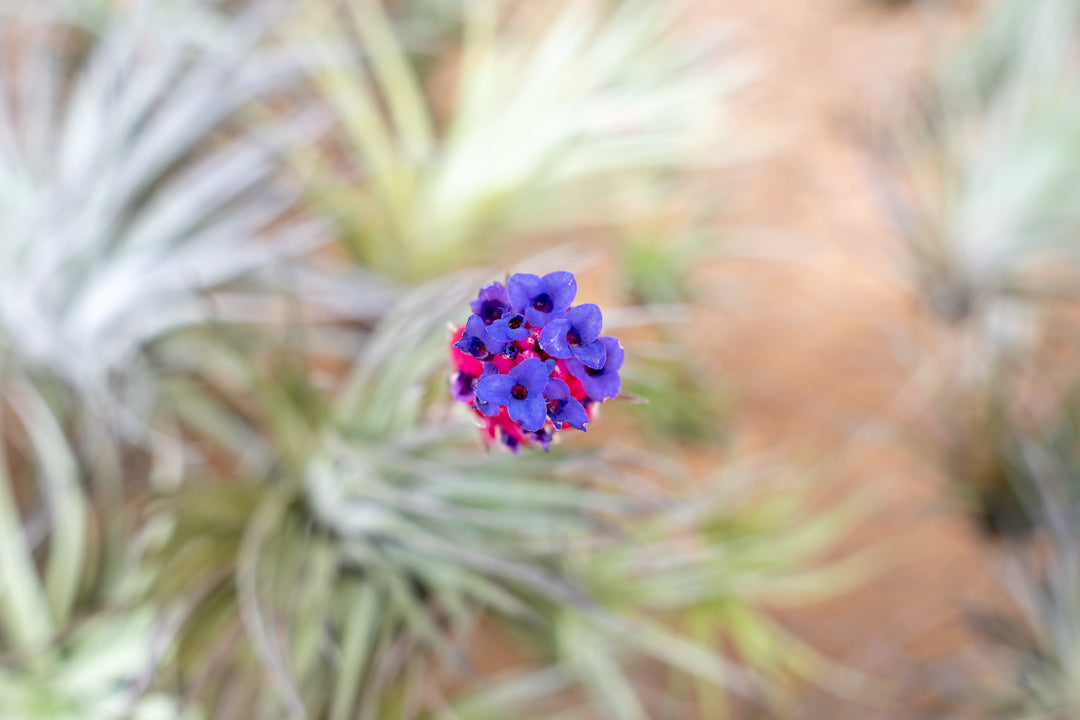
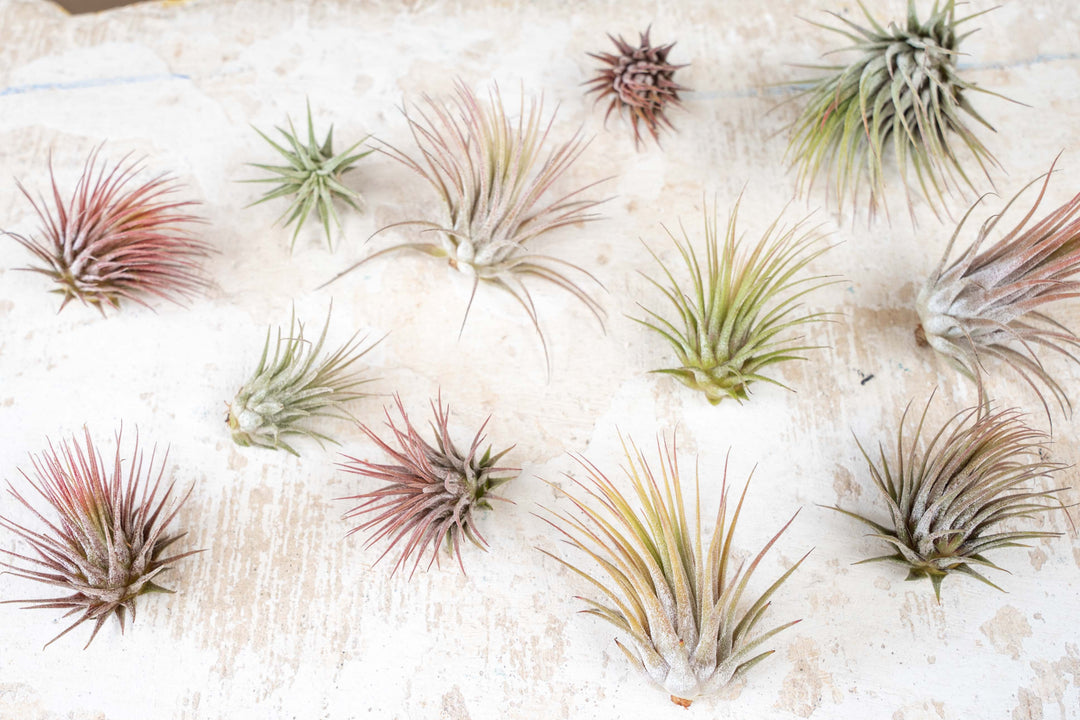
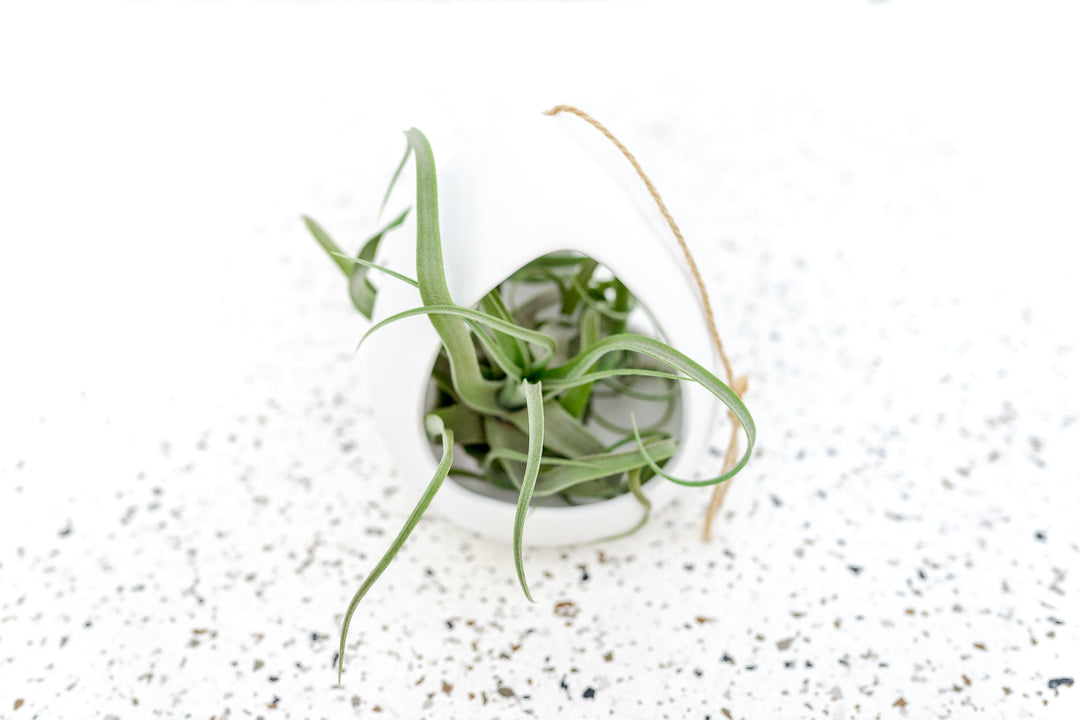
Leave a comment